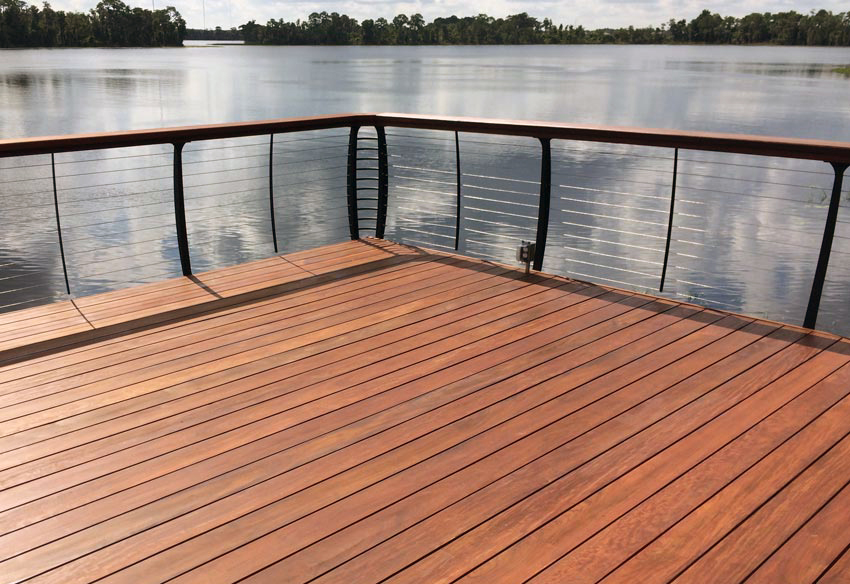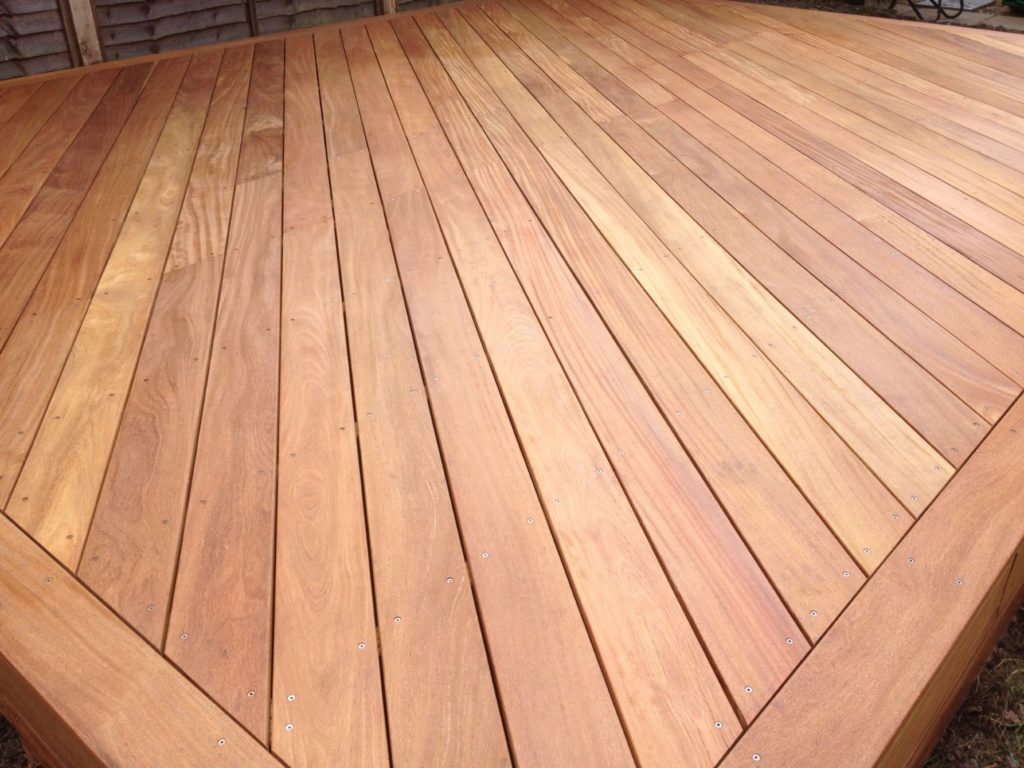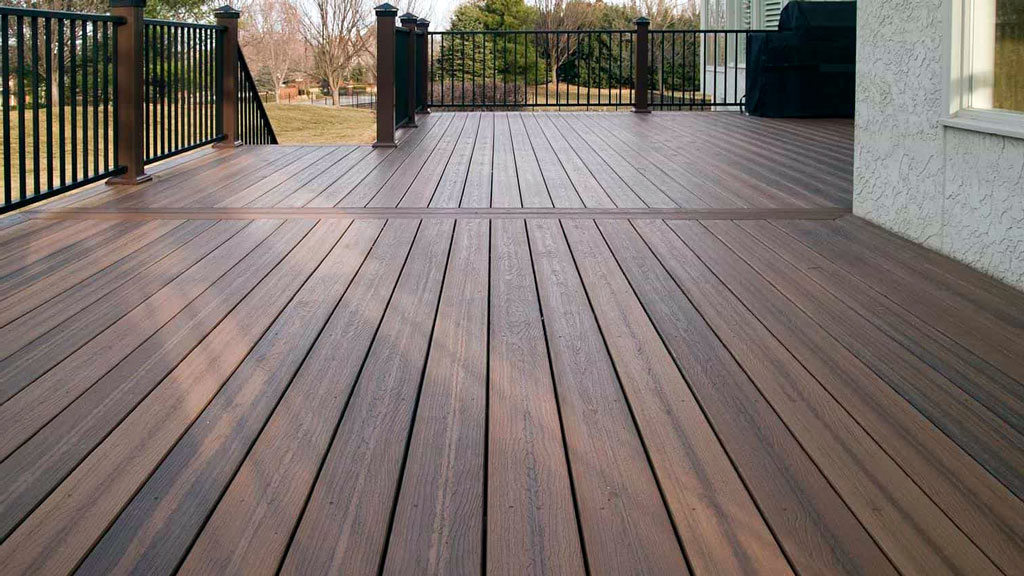Wood decking has dominated the industry for years. As early as the 1950’s, the tropical woods were making a mark in the decking arena. Ipe was among the first woods to hit the field and take the industry by storm, dominating commercial and residential decking. Some of the major projects that showcase Ipe’s contributions include the New Jersey boardwalk, the boardwalk in front of Treasure Island in Las Vegas, and the Brooklyn Bridge, to mention a few. After a while, Cumaru made its way and has been the two main decking wood options. Cumaru is, theoretically, the cheaper version of Ipe. Nonetheless, before you make a pick, understanding the difference beyond the initial cost is advisable. Here is a quick rundown to help you learn more about the two dominant decking woods.

Ipe and Cumaru origins
Ipe is also known as Lapacho or Brazilian walnut, while Cumaru is referred to as Brazilian Teak. Both come from the South and Central America tropical forests. The exotic tropical hardwoods are primarily found in Brazilian rainforests. The region extends to countries including Peru, Bolivia, Ecuador, Columbia, Venezuela, and Guyanas. Due to their exposure during the growth period, the woods are resilient and dense. This makes them withstand a range of concerns, including water penetration, rot, decay, fire, and pests, contributions that continue to propel their popularity in the decking arena.
Primary difference
Cumaru hardwood came in as the first exotic alternative to Ipe, as it somewhat seemed similar. Its appearance made it easily match Ipe, though a loser look gives it away. Cumaru has two primary shades. The dark color is referred to as the Red Cumaru or Brazilian/Southern chestnut, and the light shade is known as Brazilian Teak or standard Cumaru. While the graining was among the tells that helped users distinguish the species, Cumaru could be easily spotted as it has a tendency to show checking compared to Ipe, especially as it was primarily available air-dried. This apparent variance gave Cumaru a not-so-good reputation and was no longer mixed with Ipe. It led to the birth of klin dried Cumaru, offering a more stable and consistent decking material.

The apparent difference between Ipe and Cumaru is the natural looks. Nonetheless, Ipe is also a lot sturdier and long-lasting. Ipe’s Janka hardness is 3,680, while Cumaru features 3,540. While Cumaru is almost as hard as Ipe, it can’t match. With Ipe decking, you’ll enjoy a long-term solution, typically lasting upwards of 60 years. Nonetheless, this will cost you more upfront compared to Cumaru. The price is arguably the only reason Cumaru decking is still enjoying a market share. Nonetheless, considering the long-term cost, Ipe is a lot more cost-effective. This is as the decking doesn’t require much maintenance, will last longer, and retains its striking looks without the need for additional measures such as treatments.
Wood decking has and continues to be the go-to, especially for outdoor spaces. Even with heavy traffic like in public spaces, Ipe and Cumaru decking has proven to be a reliable solution. As you choose between the two, the primary aspect is your budget. Nonetheless, paying a little more upfront to pick Ipe is a wiser financial decision since you’ll save more in the long run than the cheaper Cumaru decking.






